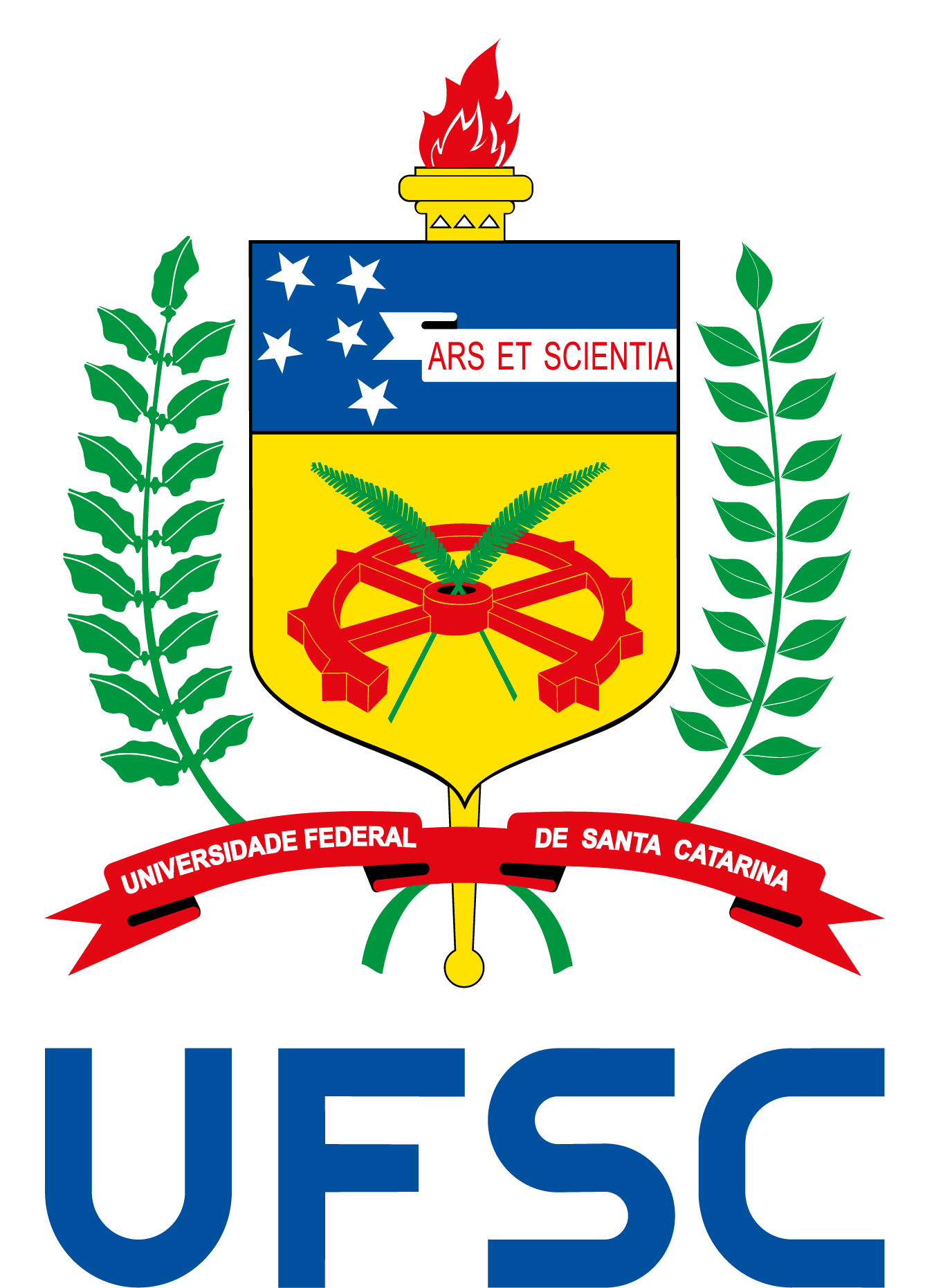The PEC-G Program
 The Programa de Estudantes-Convênio de Graduação – PEC-G, officially created in 1965 by Decree 55613 and currently ruled by Decree 11923 of 15 February 2024, provides students from countries with which Brazil maintains educational, cultural or scientific and technological agreements the opportunity to pursue their undergraduate studies in Brazilian Higher Education Institutions (HEIs).
The Programa de Estudantes-Convênio de Graduação – PEC-G, officially created in 1965 by Decree 55613 and currently ruled by Decree 11923 of 15 February 2024, provides students from countries with which Brazil maintains educational, cultural or scientific and technological agreements the opportunity to pursue their undergraduate studies in Brazilian Higher Education Institutions (HEIs).
PEC-G is administered by the Ministry of Foreign Affairs (MRE), through the Division of Educational Themes (DCE), and the Ministry of Education (MEC), in partnership with HEIs throughout the country.
To apply, the student must go to the Brazilian Embassy of one of the participating countries.
To learn more about the Program and the selection process, go to the PEC-G official website.
UFSC has already graduated more than 300 PEC-G students since the 1970s.
At UFSC, the program is administered by SINTER. For questions, contact us at pecg.sinter@contato.ufsc.br.
History of the PEC-G program
The idea of creating a Government Program to support students from other countries came from the increase in the number of foreigners in Brazil in the 1960s and from the consequences that this fact brought to the internal regulation of these students’ status in Brazil. There was a need to unify the student exchange conditions and to guarantee similar treatment to students by the universities. Thus, in 1965, the first PEC-G Protocol was launched. Currently, the Program is ruled by Decree n. 7948, published in 2013, which gives greater legal force to the PEC-G regulation.
Over the last decade, more than 6,000 students were selected for the Program. Most students came from Africa, mainly from Cape Verde, Guinea-Bissau, and Angola.
PEC-G – Selected students – Africa – 2000 to 2019

In Latin America, the largest participation is from Paraguayans, Peruvians, Ecuadorians, and Hondurans:
PEC-G – Selected students – Latin America and Caribbean – 2000 to 2019

In Asia, the Timorese are the most selected:
PEC-G – Selected Students – Asia – 2000 to 2019

Source: http://www.dce.mre.gov.br/PEC/G/historico/introducao.php
Participating Countries
Currently, there are 74 countries participating in the PEC-G: 29 from Africa, 28 from Latin America and the Caribbean, 10 from Asia and 7 from Europe. The programs with the largest number of places offered are Language and Literature, Social Communication, Administration, Biological Sciences and Pedagogy.
Africa: 29 participating countries
- Algeria
- Angola
- Benin
- Botswana
- Burkina Faso
- Cameroon
- Cape Verde
- Congo Republic
- Democratic Republic of Congo
- Egypt
- Equatorial Guinea
- Ethiopia
- Gabon
- Ghana
- Guinea-Bissau
- Ivory Coast
- Kenya
- Mali
- Morocco
- Mozambique
- Namibia
- Nigeria
- Sao Tome and Principe
- Senegal
- South Africa
- Tanzania
- Togo
- Tunisia
- Zambia
Latin America and the Caribbean: 28 participating countries
- Antigua & Barbuda
- Argentina
- Barbados
- Bolivia
- Belize
- Chile
- Colombia
- Costa Rica
- Cuba
- Dominican Republic
- Ecuador
- El Salvador
- Guatemala
- Guyana
- Haiti
- Honduras
- Jamaica
- Mexico
- Nicaragua
- Panama
- Paraguay
- Peru
- Saint Lucia
- Saint Vicent and the Grenadines
- Suriname
- Trinidad & Tobago
- Uruguay
- Venezuela
Asia: 10 participating countries
- Bangladesh
- China
- East Timor
- India
- Iran
- Lebanon
- Pakistan
- South Korea
- Syria
- Thailand
Europe: 7 participating countries
- Armenia
- Bulgaria
- France
- Hungary
- North Macedonia
- Poland
- Turkey













